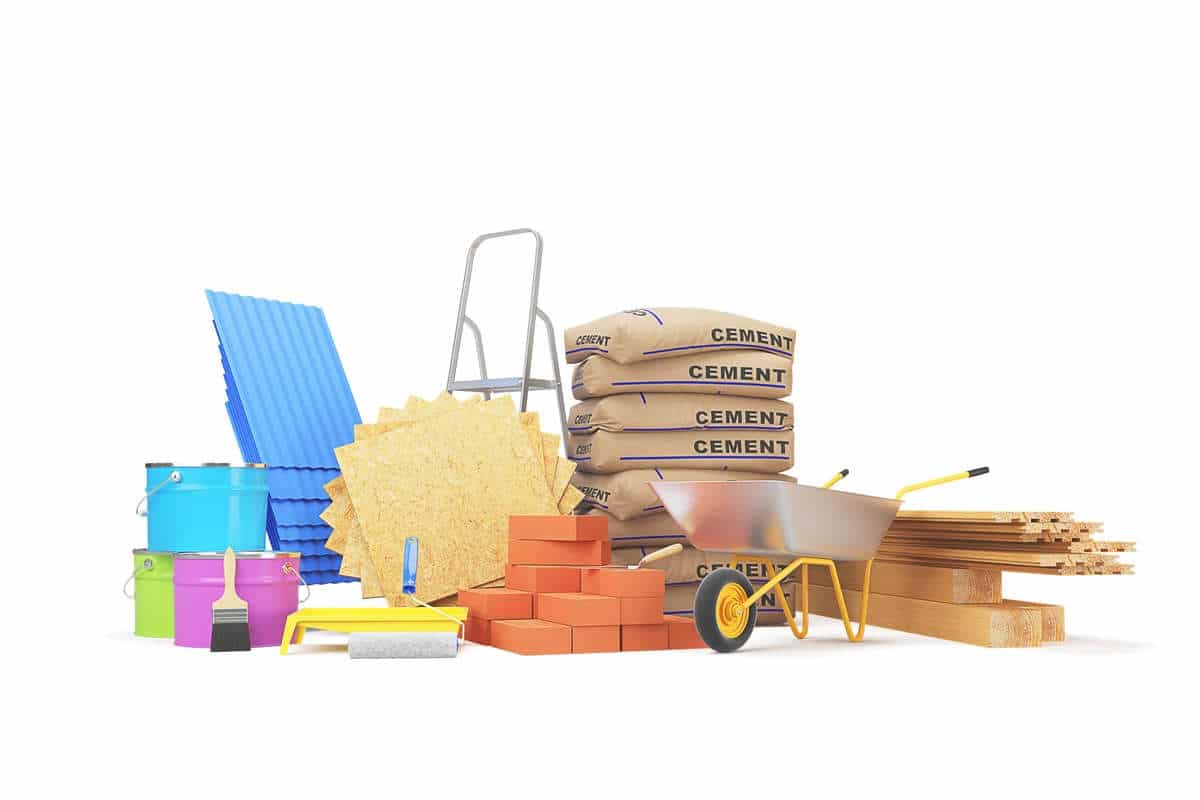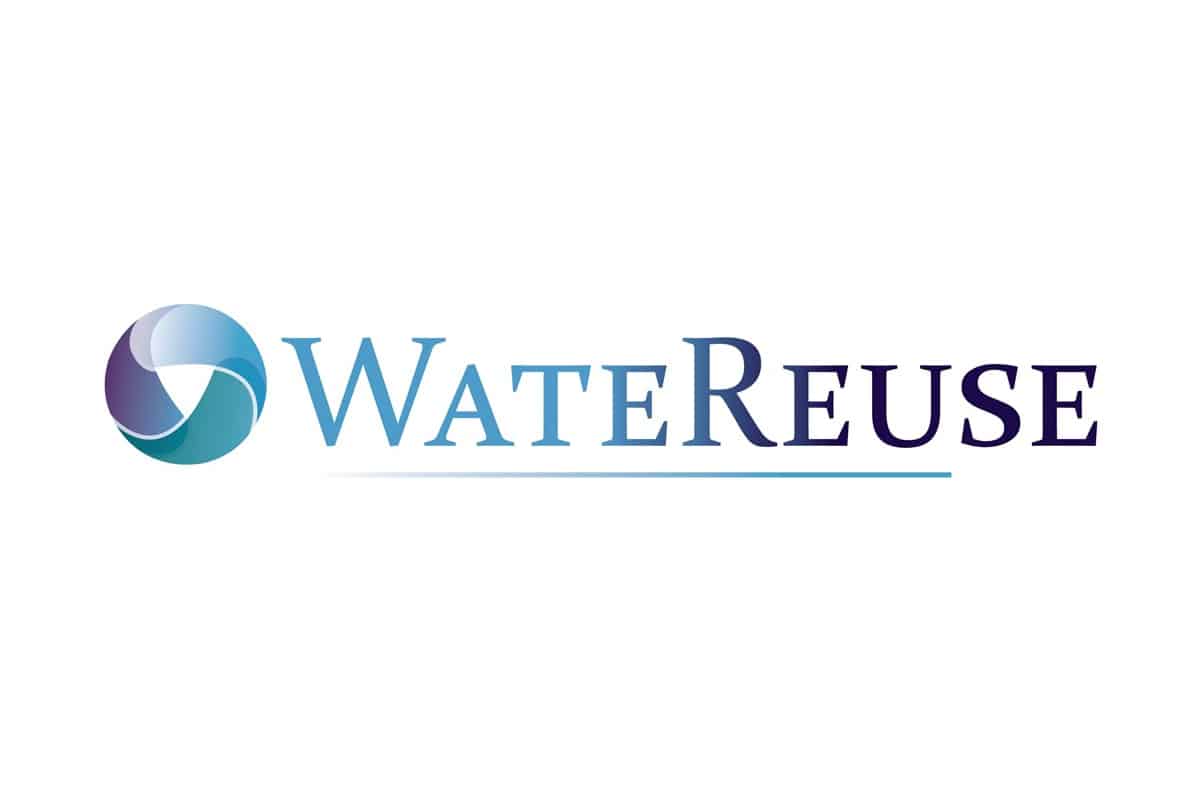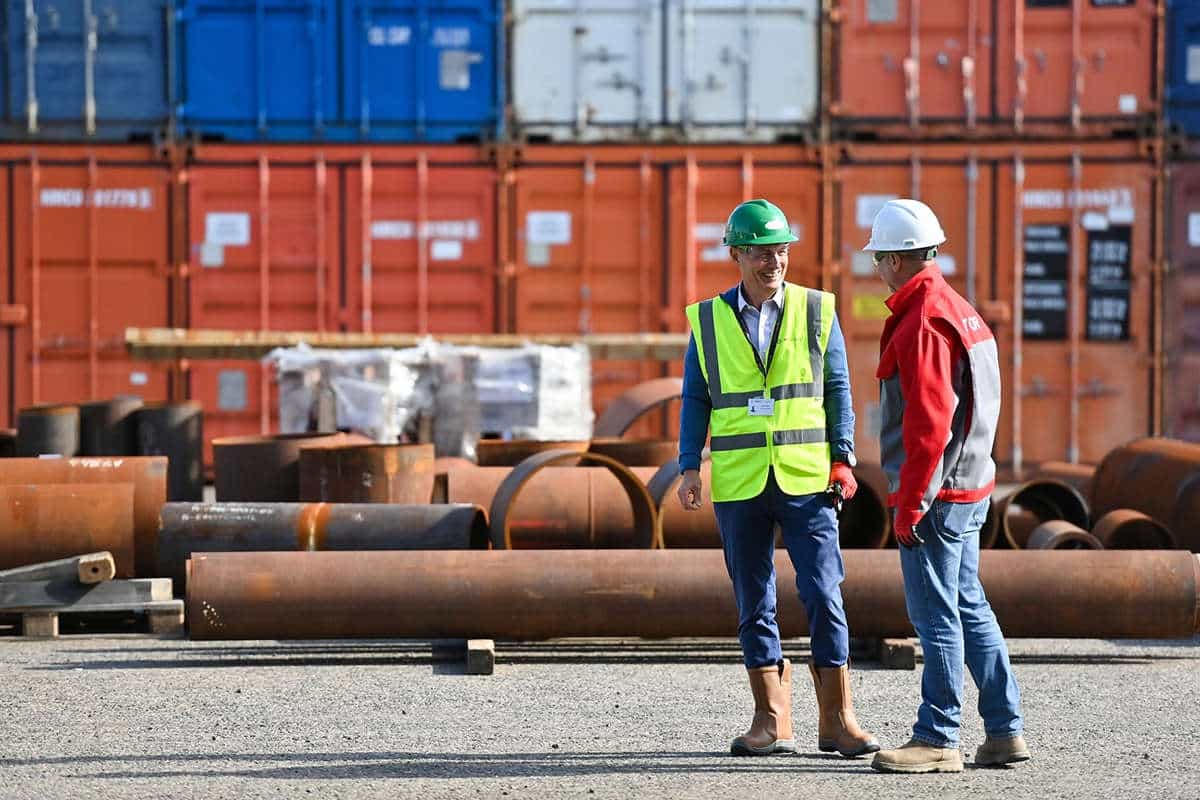Can Machine Learning Reliably Predict Residual Strength in Corroded Pipelines Without Destructive Testing?

By Emily Newton
Artificial intelligence has come a long way in recent years, but some question whether it is ready to be integrated into underground utility applications. How do you know which machine learning approaches for predicting pipeline residual strength are reliable?
Traditional Nondestructive Testing Is Insufficient
The longer underground water and sewer lines are in service, the more likely they are to experience corrosion-related failures. Corrosion is a primary cause of underground pipeline ruptures. One study found it was responsible for 43.2% of the pipeline leaks at 74 sites across the United States. It’s typically more destructive than manufacturing defects.
The pipe material weakens as the metal oxidizes, resulting in fractures and leaks. Stress corrosion cracking (SCC) is a potentially catastrophic type of environmentally driven degradation. Since pipeline failures can have economic, environmental and safety consequences, accurately predicting residual strength is vital.
Determining burst collapse pressure is vital for maintaining structural integrity and safety in pressure-sensitive applications. Typically, you would use Barlow’s equation to calculate the maximum pressure the pipeline can endure before failure due to tensile stress. A larger outside diameter, higher yield strength and thicker wall result in a higher number. Usually, you make conservative calculations to avoid unexpected damage.
Empirical formulas are excellent and widely used. Their simplicity makes them easy to understand and apply. However, their estimates are often too conservative and prone to considerable evaluation errors, leading to unnecessary pipeline replacements.
Transitioning to Machine Learning
If you have been in the industry for long, you have seen professionals move from empirical formulas to finite element analysis (FEA). Computational limitations have held this approach back. Three-dimensional modeling is now possible but requires many meshes to ensure accuracy, significantly increasing computational load and time.
Machine learning is not new — you may have even used it before. However, it only recently became popular thanks to technological advancements. Unlike traditional prediction methods, it can analyze and learn the complex relationships between corrosion factors and residual strength, enabling it to generate valuable insights in real time.
Leveraging this technology can be beneficial. Nondestructive testing results in considerable cost savings because you avoid damaging or dismantling a pipeline only to discover it still works as intended and passes all checks. Another benefit is visibility — the tests produce almost instantaneous results, streamlining the defect identification and repair process.
How Does Model Selection Influence Accuracy?
Model selection and data characteristics heavily influence prediction accuracy. Which machine learning approaches for predicting pipeline residual strength are best?
Approaches for Predicting Residual Strength
A linear regression model is the simplest version of a statistical regression model, which analyzes the relationship between the dependent and independent variables. Its predictive performance is generally good.
However, it assumes the relationship is linear — meaning one variable’s change corresponds to a proportional change in the other, resulting in a straight line on a graph. Sometimes, it fails to capture the complexity of nonlinear relationships accurately. Say you model how corrosion and residual strength relate. As the former increases, the latter decreases. This method is effective until you incorporate additional variables and outliers.
The K-nearest neighbor (KNN) algorithm is a supervised machine learning method. It calculates the distance between a given input and the closest data points in a training dataset. If the dataset has a lot of noise or outliers, a larger “K” can make predictions more stable. However, if you make it too big, it may become too simple and miss important patterns. This problem is called underfitting.
Artificial neural networks (ANNs) are highly capable. In addition to input and output, they use multiple hidden layers to enable deeper feature extraction. They turn raw data into simplified, meaningful attributes, preserving the original information while removing irrelevant noise. They considerably improve model performance, but are resource-intensive.
Overcoming Limitations With Ensemble Learning
It seems every standard machine learning method has a downside. Should you accept this or stick with conventional predictive techniques? You may not have to. Hybrid models combine the strengths of various individual types to enhance predictive performance and representational capacity. They are ideal for regression and classification.
The three primary types of ensemble learning are bagging, boosting and stacking. Stacking merges multiple models’ predictions to create a more accurate, reliable final product known as the “stacked model.” It compensates for individual weaknesses, allowing it to handle complex patterns and large datasets. It has a higher prediction accuracy and generalizability.
Machine Learning Methods Backed by Research
Since AI is so versatile, numerous machine learning approaches for predicting pipeline residual strength exist. Many are still in the research and development stage, so it may be some time before you use them in the field. However, their results are promising.
An Integrated Loss Function
Traditional empirical formulas like DNV RP-F101 and ASME-B31G are widely used due to their simplicity. However, they are prone to significant prediction errors because the interactions between material properties and defect parameters are complex. ANNs are more accurate, but need a vast amount of training data, which can be hard to get.
To address this limitation, a research team from the School of Human Settlements and Civil Engineering and the Shaanxi Provincial Natural Gas Co. proposed an integrated loss function. It leverages an additional defect factor term that the ANN predicts to compensate for mistakes introduced by changing conditions. In short, it improves accuracy and elasticity.
The team trained the neural network on a large dataset, covering various corrosion scenarios to enhance prediction accuracy. As a result, it outperforms conventional empirical formulas and ANN models trained with standard loss functions.
Deep-Learning-Powered FEA
Soil moisture content and material properties are not the only corrosion factors — stray current corrosion exists. Buried water pipelines are typically better conductors than the soil, so they pick up stray currents from sources like railways, trams and AC power lines. The current flows in at the cathodic region and exits at the anodic region, resulting in exterior corrosion.
Accurately predicting residual strength means accounting for many mechanical and environmental variables. Deep learning models like ANNs are capable but resource-intensive. The solution may be to marry modern and traditional approaches.
A research team from the Department of Mechanical Engineering at Malaysia’s Universiti Teknologi Petronas found that integrating deep learning into FEA can improve the accuracy and efficiency of SCC prediction while lowering training costs. It provides insights into the relationships between material properties, mechanical stress and environmental factors.
Technical Challenges to Consider Before Integration
No new technology is without its technical hiccups. For machine learning, obtaining a large, diverse training dataset is one of the most significant. Few comprehensive, up-to-date, publicly available sources on soil permeability, SCC or saturated hydraulic conductivity exist.
Ironically, AI technology is both the problem and the solution. You could augment your existing information with synthetic data generated by a generative model. Alternatively, you could leverage transfer learning, where you reuse knowledge gained from one task on another to improve model performance.
Explainability is another obstacle to overcome. The only reason machine learning became viable for predicting residual strength in corroded pipelines is that technology has advanced. While this is a net positive change, it also poses oversight issues. As models grow increasingly complex, it will become harder for you to understand their reasoning.
If you can follow its logic, you can ensure accuracy and eliminate biases. You can leverage open-source tools, generate output reports or use explainability frameworks like local interpretable model-agnostic explanations to gain insight into decision-making.
Your Approach to Machine Learning Model Selection
There are several suitable machine learning approaches for predicting pipeline residual strength. Your approach to model selection will vary depending on your application and technical skills. You should also consider your pipeline’s material, environmental and mechanical stress conditions. That way, you’ll make the right choice for your application.
Emily Newton is a construction and industrial journalist. She is also the Editor-in-Chief for Revolutionized Magazine. Keep up with Emily by subscribing to Revolutionized’s Newsletter. Tags: AI




